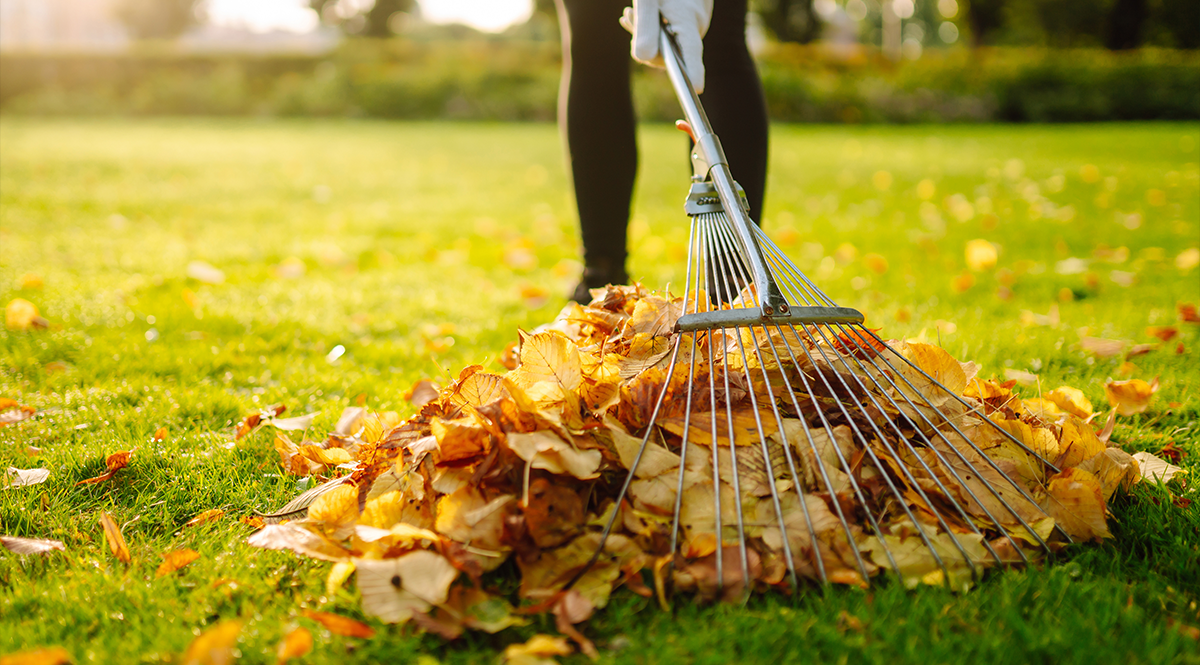New Jersey, PA & DE winters can be tough on grass. Cold temperatures, snow, and ice put stress on your lawn and can lead to thin, patchy areas by spring. Preparing your yard before winter arrives is the best way to protect it and set the stage for healthy growth next year.
1. Mow Your Lawn to the Right Height
Give your grass one last cut before it goes dormant.
- Ideal height: About 3 inches for cool-season grasses common in New Jersey (like Kentucky bluegrass, perennial ryegrass, and fescues).
- Why it matters: Keeping grass slightly shorter reduces the chance of snow mold and prevents matting, but avoid cutting it too short — scalping can damage roots and leave your lawn vulnerable to winter injury.
- Pro tip: Sharpen your mower blades before the final cut to ensure a clean cut and reduce stress on the grass.
2. Apply a Winterizing Fertilizer
A late fall fertilizer supports strong roots and energy storage for spring.
- Look for: A product labeled for “winterizing” with a higher potassium content (the last number on the fertilizer bag). Potassium helps strengthen grass cells to withstand cold and disease.
- Timing: Apply when daytime temperatures are consistently cool (around 50–65°F) but before the ground freezes. In New Jersey, PA & DE, that’s typically late October through November.
- Avoid: Heavy nitrogen fertilizers now — nitrogen encourages lush top growth that can be easily damaged by frost.
3. Keep the Lawn Clear of Leaves and Debris
A thick layer of leaves can smother grass and create conditions for mold and pests.
- Rake or mulch regularly: Mulching leaves with a mower can provide organic matter and nutrients back to the soil.
- Remove fallen branches and debris: Clear your yard before the first snowfall to avoid smothering or damaging the grass.
- Check shady spots: These areas hold moisture longer, making them more susceptible to fungal issues.
4. Prevent Winter Lawn Diseases
Snow mold is a common issue in New Jersey, PA & DE lawns.
- How to reduce risk: Proper mowing height, leaf removal, and avoiding late-season nitrogen help reduce fungal disease.
- Optional step: If you’ve had snow mold issues before, consider a preventive fungicide treatment in late fall.
5. Limit Foot Traffic Once the Ground Freezes
Frozen grass is fragile and can break under pressure.
- Stick to sidewalks and driveways whenever possible.
- Avoid parking cars or storing heavy items on the lawn for the winter.
- Consider adding temporary walkways if you often cross the yard.
6. Winterize Sprinkler Systems and Tools
Protect your irrigation system and lawn care equipment before the freeze.
- Sprinklers: Drain and blow out your irrigation lines to prevent pipes from cracking.
- Hoses and tools: Disconnect hoses, store them indoors, and clean and service lawn equipment before storing.
Final Thoughts
Taking these steps in the fall helps your lawn stay healthier through winter and bounce back faster in spring. Fertilizing and keeping the yard clear are simple but powerful ways to protect your investment. If you’re unsure about timing or product choices, consult a local lawn care professional like Elements Lawn & Pest who understands New Jersey, DE & PA soil and climate conditions.

